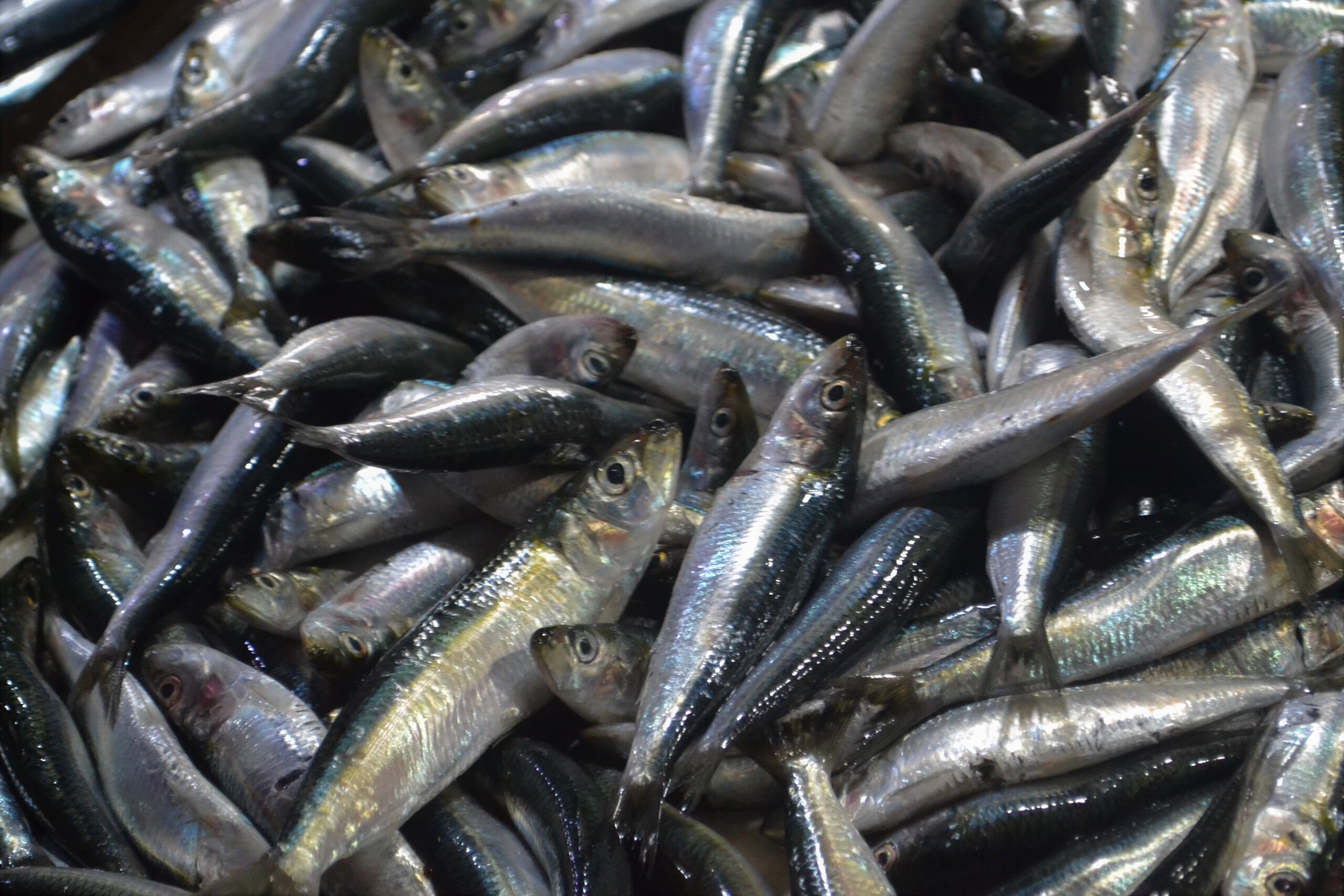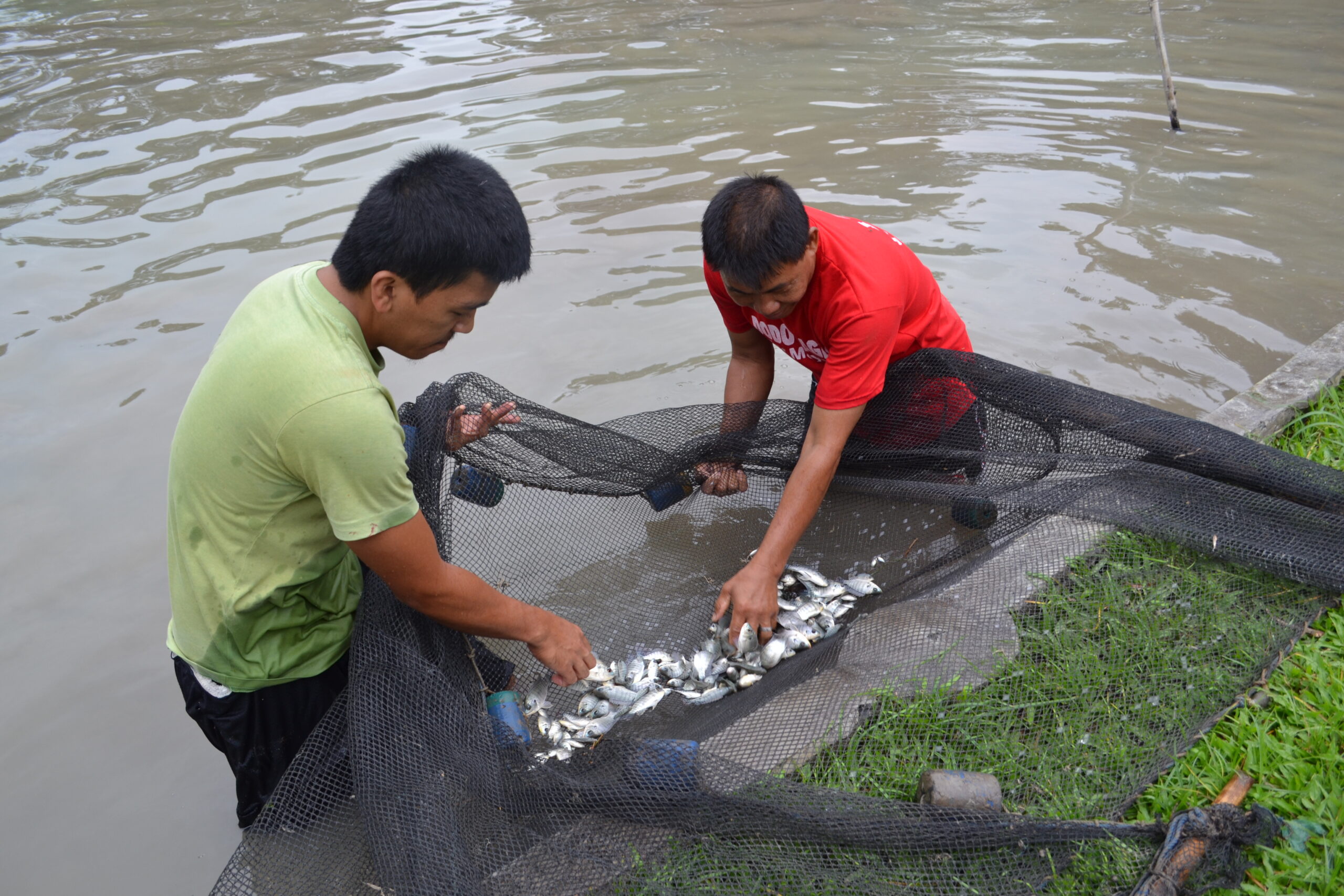Text and Photos by Henrylito D. Tacio
(First of Two Parts)
Unlike rice, which is considered a political commodity, fish are neglected in the media – except only where there is a fish kill. After all, fish are touted as “the last wild meal in the human diet.” As fish are a “poor man’s source of protein,” they are not given much thought by researchers.
But the truth is, the Philippines may soon not have enough fish to feed its growing population. For the past years, the country’s municipal and commercial catch of fish have dramatically declined.
During the economic performance presentation in 2019, the National Economic Development Authority (NEDA) said there was a 7% decline in the output of the fishery sector in the region from P2.05 billion in 2017 to P1.9 billion in 2018.
“We are running out of fish and running out of time. For a country known for marine biodiversity, there are very few fish left to catch,” deplored Vince Cinches, Oceans Campaigner for Greenpeace Southeast Asia.
Staple food
Like rice, fish is a staple food of Filipinos. In fact, fish provides more than half of the protein requirement of most Filipinos. “Unless we look for other sources of protein, the food intake of Filipinos will be greatly affected,” said Dr. Rafael D. Guerrero III, a national scientist, and fishery expert.
Fishing has been an important source of livelihood for Filipinos, fish being the second staple food – next to rice. “About 62 per cent of the population lives in the coastal zone,” says World Bank’s Philippine Environment Monitor.
On average, every Filipino consumes about 98.6 grams of fish and fish products each day. The fishing industry provides employment to about one million Filipinos, according to the Philippine Statistics Authority (PSA).
“Our problem is population,” observed a noted newspaper columnist. “We are having more children faster than we can grow the food to feed them.”
A former government official seemed to agree. “Demand for food is growing fast not because our incomes are growing but because our population is growing at an alarming rate,” he said, adding that about two million mouths are being added to be fed every year.
If increased demand is met solely by marine capture fisheries, such increased pressure on the fisheries sector could lead to an eventual collapse of fisheries and the fishing industry, which employs more than one million people (about 5% of the national labor force).

“All fisheries are showing decline in total catch and per unit effort (total number of fish caught per unit of time) despite increasing effort,” said the World Bank report. “Fish are harvested at a level 30 to 50 per cent higher than the natural production capacity.”
It seems to be happening in Davao City already. But no one seems to feel it yet. In the past, Bago Aplaya used to be a haven for fish in the city. “When I was still younger,” 53-year-old Ronnie Estrera recalled, “we used to catch a lot of fish. But it’s the case anymore today.”
“Closed-fishing season”
So much so that a “closed-fishing season” is observed during certain months of the year. From November 15 to March 15, fishing sardines, herring, and mackerel in selected areas of the Visayas is strictly prohibited. In Davao Region, the government imposed a closed fishing season policy in Davao Gulf from June 1 to September 1.
The Bureau of Fisheries and Aquatic Resources (BFAR), a line agency of the Department of Agriculture, believes the “closed-fishing season” is one of the most significant legal instruments on managing fish stocks in the country.
In the Davao Gulf, Southern Mindanao’s fishing ground, the “closed-fishing season” is seen as a biological way to help improve the fish stocks due to a perennial decline in fish catch.
Davao Gulf is considered to be the 10th major fishing ground in the country. But fish stocks swimming in the waters are declining.
Declining catch
This has confirmed the study conducted by the WorldFish Center some years back. A collaborative effort of the BFAR, local government units (LGUs), and the regional office of the Department of Science and Technology (DOST), the decade-study looked at the volume and quality of the harvests of 10 commonly fished species in the gulf: matambaka, tamban, moro-moro, caraballas, bilong-bilong, lapu-lapu, danggit, molmol, talakitok, and maya-maya.
Except for “maya-maya,” the harvest numbers for the species have been falling. “At the current rate of decline,” the study surmised, “the caraballas, bilong-bilong, molmol, and danggit may all disappear completely from Davao Gulf within a decade.”
To ensure that there’s a steady supply of fisheries in the market for the public as a result of the “closed-fishing season,” the agriculture department has approved the importation of 60,000 metric tons of fish in the last quarter of the year.
“(The importation) is a balancing act to enhance and sustain the development of our fisheries sector as well as provide our fellow citizens affordable fish on their table,” said Agriculture Secretary William Dar.
According to Dar, the policy decision is the agriculture department’s way to ease the pressure on food inflation. “This (importation) benefits most of our poor countrymen whose purchasing power has been reduced due to the economic slowdown and the COVID-19 pandemic,” he explained.
Among the largest fish producers
The Philippines is among the largest fish producers in the world. The commercial, municipal, and aquaculture fisheries account for 36, 30, and 24 percent of the total fisheries yield, respectively. Its annual total fisheries yield is estimated to be worth around US$70- UD$110 billion (equivalent to about 2-4 percent of the country’s gross domestic production over the years).
“During the past decades, the people have enjoyed the abundance of the Philippine marine fishery resource,” said the Philippine Statistics Authority (PSA). “Ask the old fisherfolks how they culled their harvests. Many of them would say that fish sized with less than a foot rule will automatically be thrown back to the water.
“Back then, they even had the luxury to choose the most palatable fish among the wide variety of species thriving in a particular fishing ground,” the PSA added.
Then, modernization happened. “More and more municipal fishing boats became motorized. A lot of commercial fishing vessels became bigger and more powerful,” the PSA reported. “Fishing gears have evolved from a simple tool to highly-sophisticated fishing gadgets that could sweep the bottom of the fishing grounds of almost everything, including the precious coral reefs.”
Overfished
The major fishing grounds in the country are West Palawan waters, Sulu Sea, Visayan Sea, Moro Gulf, Davao Gulf, and others. From 1992 to 1995, these fishing grounds constituted more than 65% of the total commercial fishing catch. (The fishing industry provided employment to about one million Filipinos or around 3% of the country’s labor force in 1998.)
Today, the scenario has completely changed. Most of these fishing grounds are overfished.
Unless something is done soon, fish production may soon collapse. Dr. Salome Bulayog, an associate professor of the department of economics at the Visayas State University, said the aquatic marine resources of Sogod Bay in Southern Leyte, for instance, have been deteriorating in recent years.
Home to a variety of fishes, Sogod Bay is a major fishing ground for the 11 municipalities that surround it. Mangko or frigate tuna (scientific name: Euthynnus affinis) is its major fishery resource. Seasonal influx of this shallow-water tuna species has provided food and livelihood to the people of Sogod and nearby municipalities.
“Frigate tuna used to abound in Sogod Bay and was a major source of income in the 70’s until the 90’s,” said Dr. Bulayog, who headed the study. “But today, fishermen could hardly catch fish.”
“Likewise, reef species population is also dwindling,” added the study. “Fishermen have to spend longer to catch a kilogram of fish; some even have to be farther from the shore.”

This is indeed bad news for fish-loving Filipinos.
“Like the other vital resources such as forests, Philippine fisheries are about to collapse,” deplored Jethro P. Adang, the director of Mindanao Baptist Rural Life Center (MBRLC), a non-government organization based in Bansalan, Davao del Sur. (To be concluded)

